Littering In China: A Surreal Epidemic
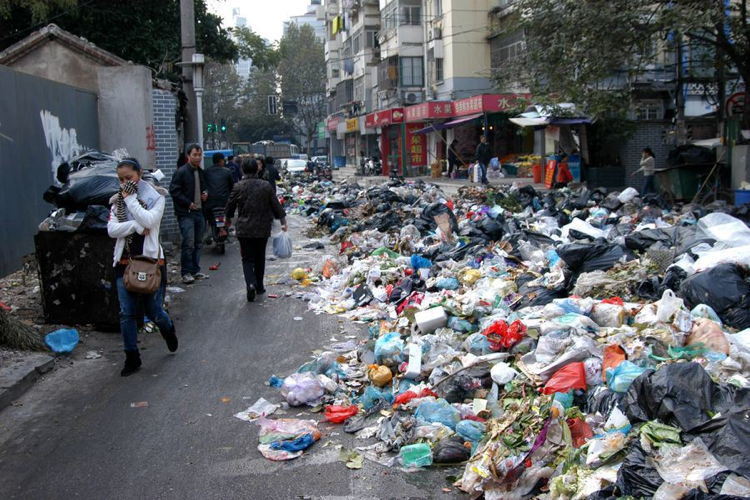
Image Source: China Smack
Imagine a place where trash covers the streets like a thin blanket of dirty snow. With every step, you hear the crunch of a plastic bottle, and garbage floats through the air. Cars drive by, and more trash flies out their windows and onto the sidewalk. Trash cans sit on every corner, but the gentleman sitting next to you drops an empty cigarette pack onto the ground instead. This is modern urban China, where waste is abundant and littering has become the norm.
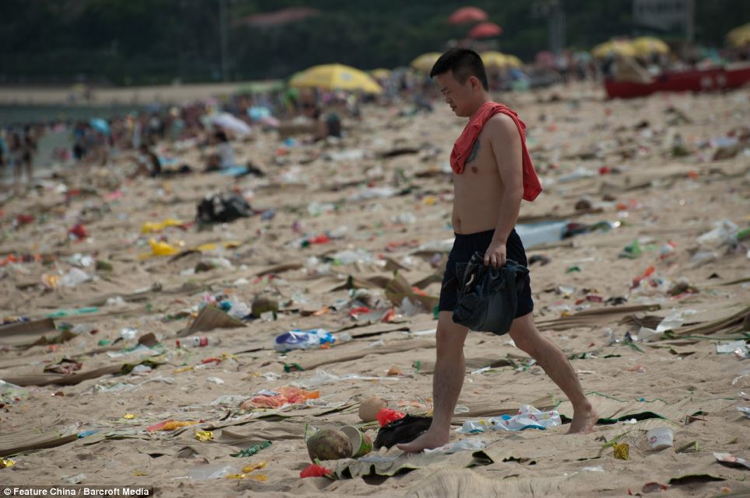
Image Source: Daily Mail
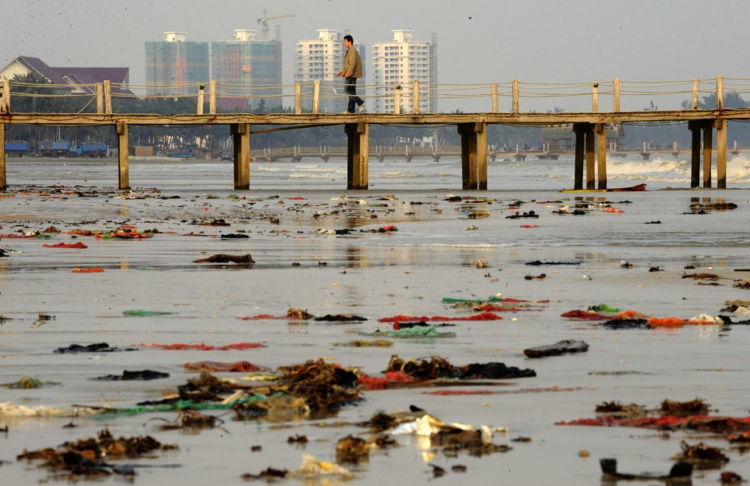
Image Source: South China Morning Post
As the fastest developing major country, China produces about 300 millions tons of waste a year, most of which comes from its large cities. By 2025, China will likely be producing nearly 562 million tons of waste per year.

Image Source: Pixabay

Image Source: WIRED
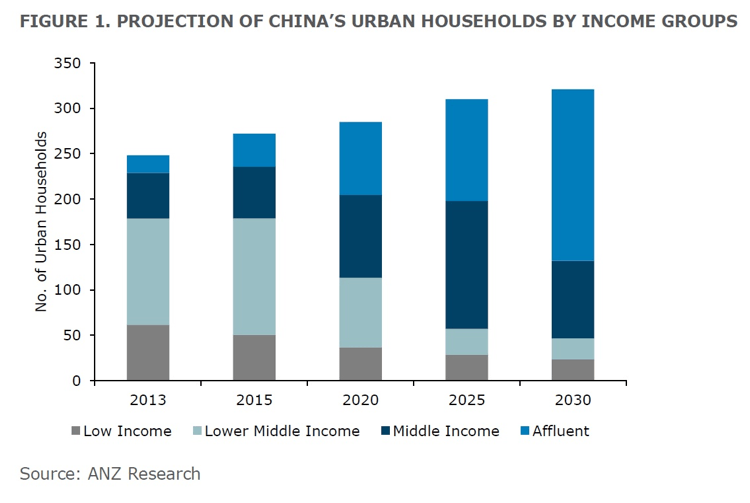
Image Source: Allure Media
China has had the fastest growing major economy over the last 30 years, and impoverished rural residents continue to migrate to large cities for a shot at prosperity. As urbanization takes hold, it is estimated that consumption in Chinese households will increase from 10 trillion yuan in 2012 to 27 trillion yuan in 2022.
According to McKinsey & Company global management consulting firm, 15% of urban consumption comes from younger generations. These young consumers are prone to purchasing newer, better, more expensive products as a result of modern Westernization. Older generations were focused on maintaining economic security, but the youth raised in these secure, affluent households express their independence and social status through increased consumption.

Image Source: Blogspot
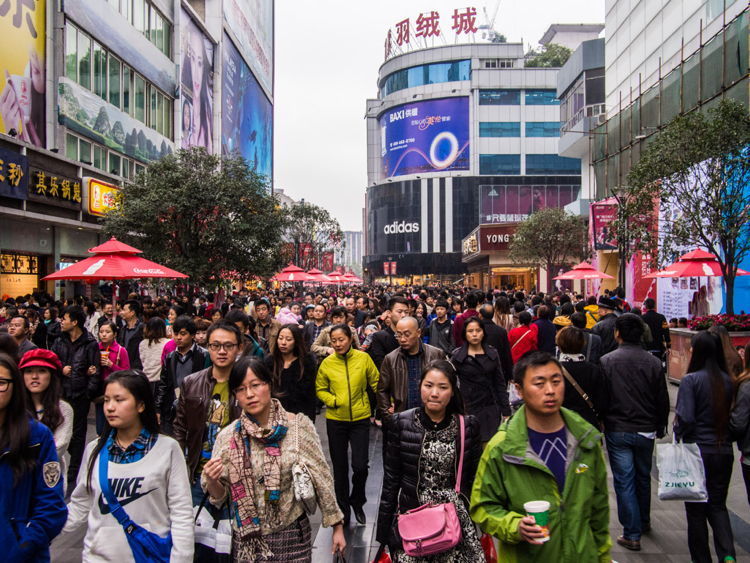
Image Source: My Five Acres
Economic growth induces mass consumerism within middle and upper class urban populations, and mass consumerism generates a great deal of waste. As people begin to categorize themselves as having high status within their society, a disregard for social responsibility and a lack of civic pride are even more apparent. This has led citizens to litter out of habit and, according to Lisa Christensen, CEO of Hong Kong Cleanup, a “serious ‘pick-up-after-me’ mentality.”

Image Source: New Hampshire Public Radio
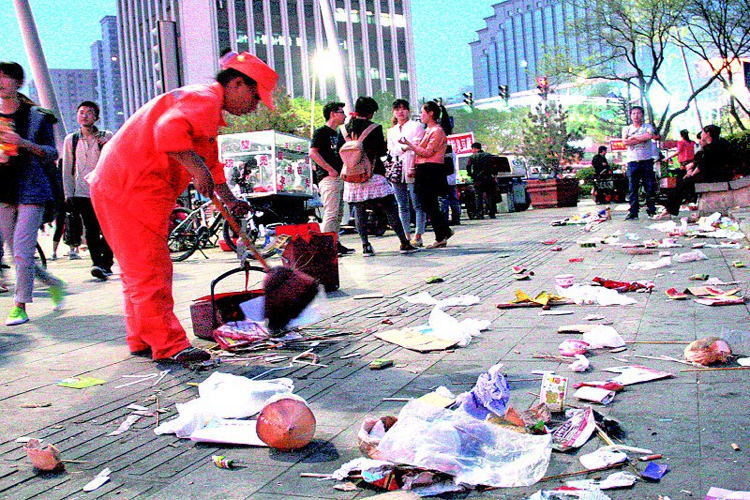
Image Source: China Smack
Field studies have also shown that people are more inclined to litter in already littered areas. This, in combination with a lack of public moral education, has led to a prevalent copycat behavior. If one well-to-do resident can throw his trash in the streets guilt-free, so can the next. This attitude is so common, Chinese residents refer to the behavior as “Suibian,” a word that translates to “doing as one pleases” or “without concern.”
A survey on China’s highway littering problem in Shanghai displayed that 68% of car drivers and 95% of truck drivers throw their trash out the windows of their moving vehicles. Participants in the survey claim to do it simply out of convenience.
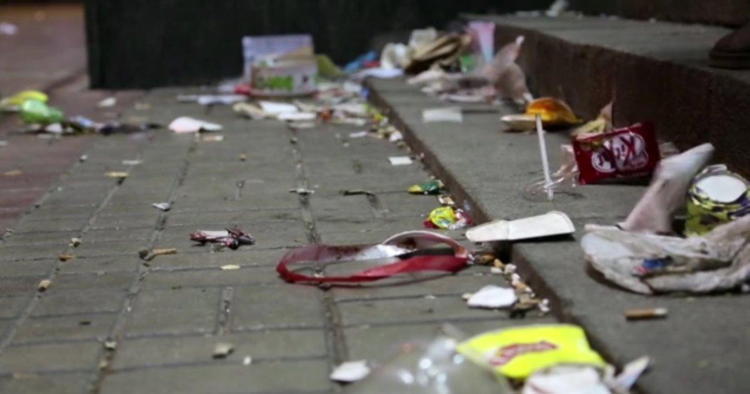
Image Source: Daily News
In another case, 33-year-old sanitation worker Guo Nengfang witnessed a young couple thoughtlessly throw the remains of their breakfast out of a moving vehicle. He approached the couple and asked them to pick up their litter, but they refused.
Enraged, the sanitation worker pulled out a knife and began attacking the young man. The wife reached over in defense, but her middle finger was chopped off during the altercation.

Image Source: China Smack
The tension between sanitation workers and the rising upper middle class increases as more and more urban residents continue to litter.
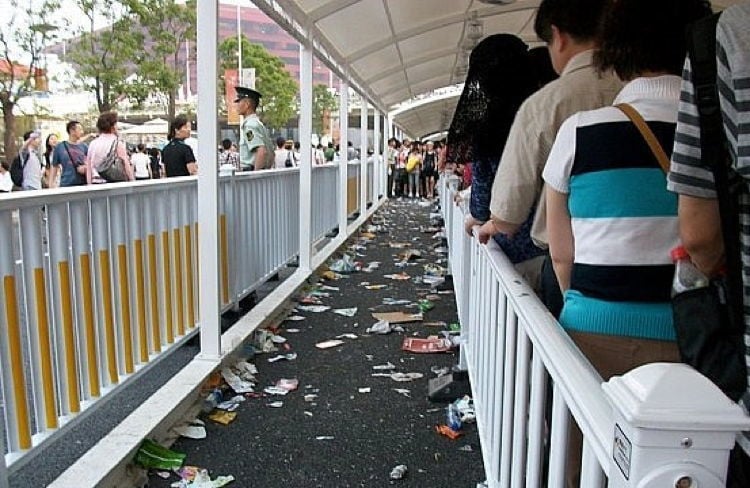
Image Source: The Diplomat
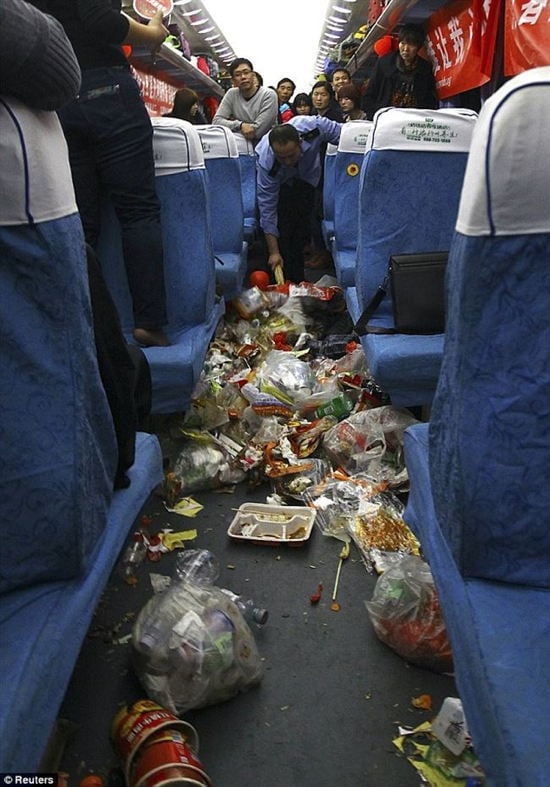
Image Source: Daily Mail
Many residents even believe littering provides lower-income migrants with work. By picking up after yourself, you are doing someone else’s job. Sanitation workers sweep the streets of litter every day. Individuals sort through garbage for recyclables and trade them in for money. But with so much litter being carelessly dumped into the streets, not even the hired cleaning crews can keep up with the littering in China.
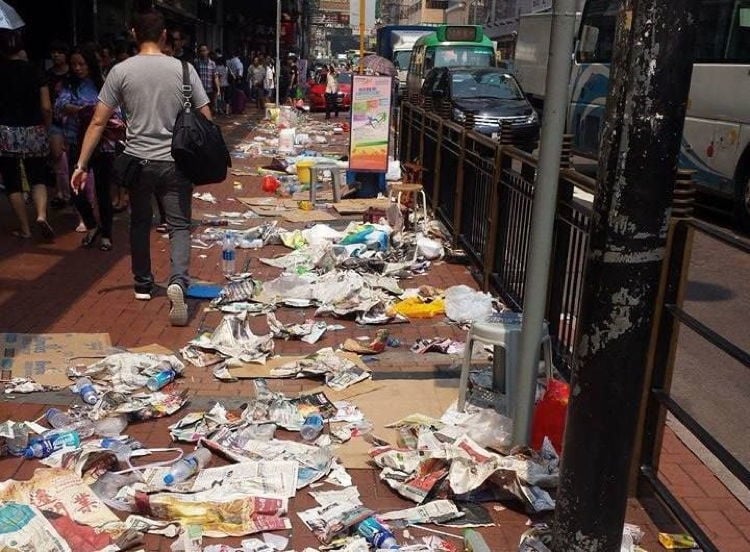
Image Source: Tiexue

Image Source: CNN
The claim that throwing away your own garbage will take away jobs has created somewhat of a self-fulfilling prophecy. For those who are in favor of littering, trash is dumped carelessly because it gives street sweepers work, not because it’s the easy thing to do.
In Hong Kong alone, nearly 16,000 tons of waste is dumped every single day, totaling 6.5 million tons each year. The landfills are near full capacity. With more products being consumed and thrown away every day, it’s becoming increasingly difficult for the ecosystem to keep up.
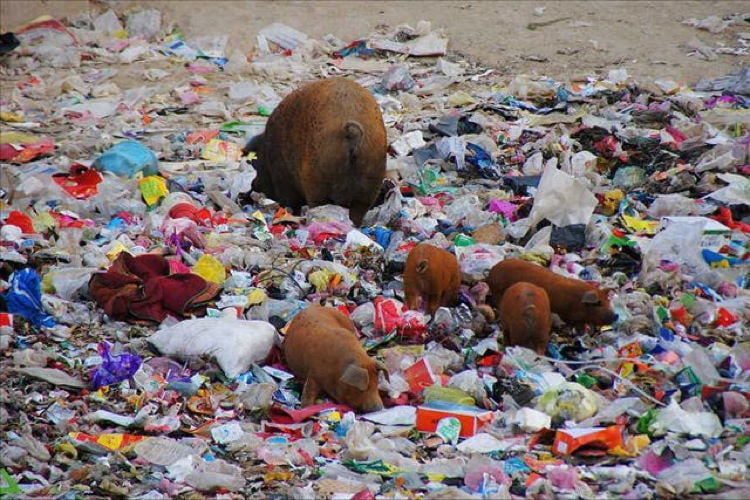
Image Source: China Smack
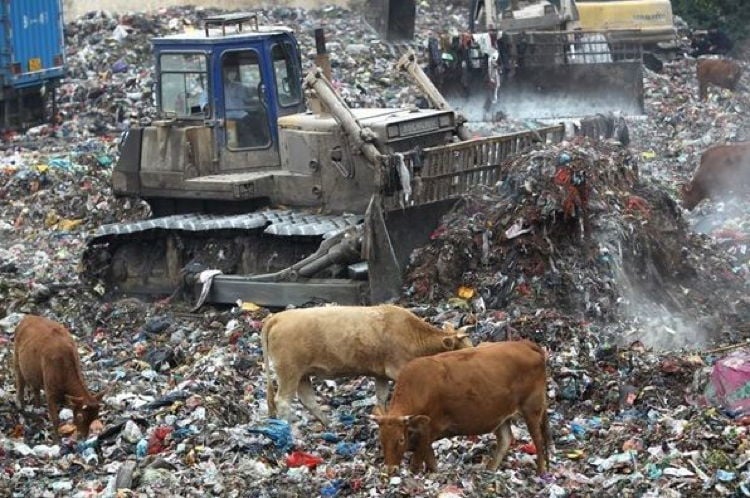
Image Source: The Blaze
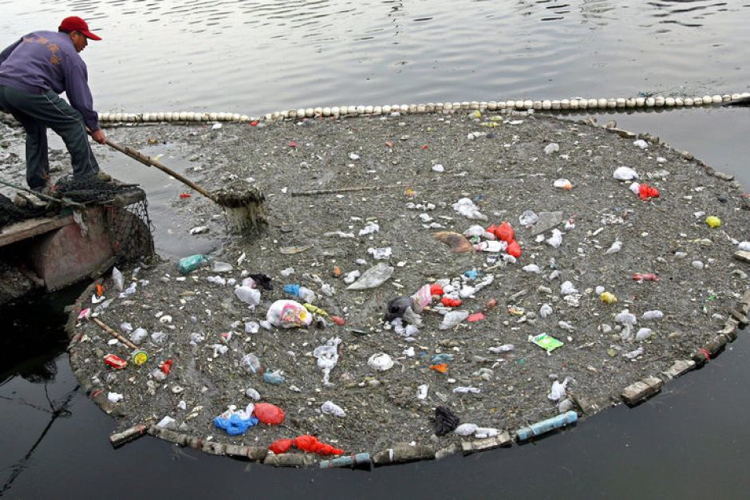
Image Source: ABC
Currently, littering in Hong Kong has a fixed penalty of $1,500 which amounts to a whopping $200 fine in U.S. currency. Yet, even with such a hefty fee, littering does not cease. Without consistent enforcement, the fines have not had a significant impact on the littering problem in China.
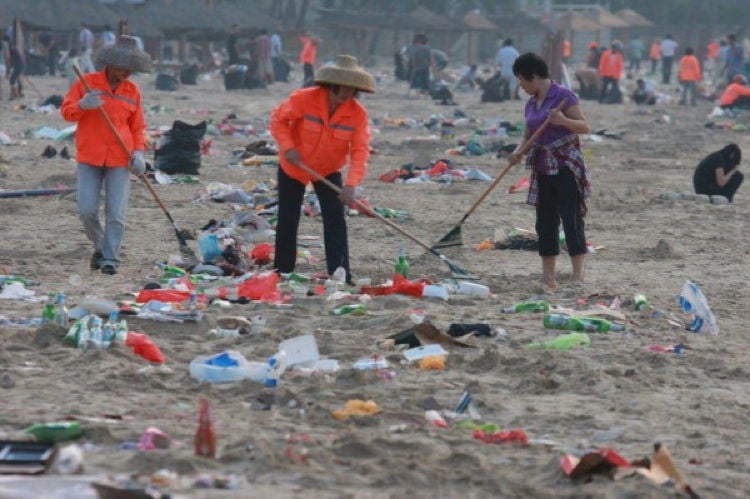
Image Source: China Smack
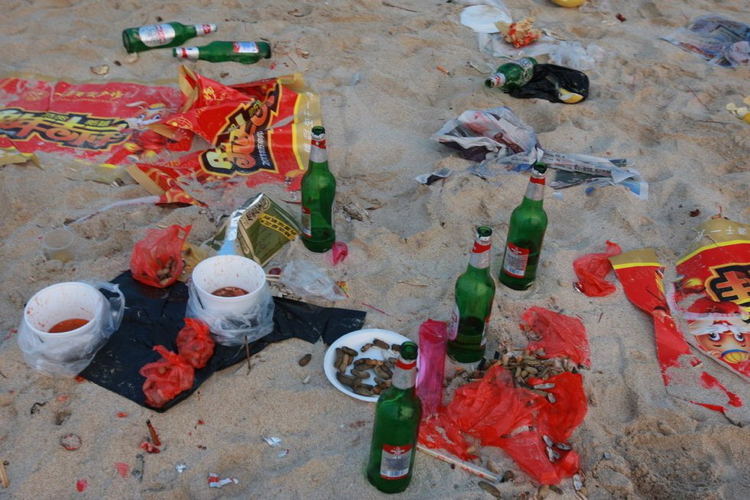
Image Source: China Smack
Environment activists are aware of the problem. Capitalism infiltrated China at an alarmingly fast rate, and economic growth became the focus of the majority, leaving environmental concerns in the dark. But what would it take for the residents of China to accept responsibility for their irresponsible actions?
On Earth Day, April 22, 2015, the Nature Conservancy and the online magazine Ecozine teamed up to combat littering in China. Using DNA analysis, “The Face of Litter” campaign sought to put a face to the crime that has flooded the streets of Hong Kong and much of China.

Image Source: Business Insider Indonesia
The idea was presented by AD agency Ogilvy and Mather and Hong Kong Cleanup as a way to thwart litterbugs. The campaign sought to publically shame the careless littering and provoke a much-needed discussion about the issue.
Campaigners collected various pieces of litter in popular urban wastelands and extracted samples of DNA. Next, using Snapshot DNA Phenotyping technology, the DNA was used to generate 27 facial composites that accurately represented eye color, hair and skin color, freckling, gender, face shape, and bio-geographic ancestry.

Image Source: Web Urbanist
Twenty-four of these samples were taken from the streets, and three of the samples were controls donated by volunteers. Because age is an important factor in accuracy, demographics were used to estimate the age of the litterbug based on the type of litter.

Image Source: CGARTEXT
These facial composites were plastered across 10 MTR stations in Hong Kong, where much of the litter was originally collected. The digital banners featured the “face of litter” against a flat background. Underneath each face was an image of litter from which the DNA was extracted.

Image Source: interrete
The shaming wasn’t meant to call out each individual litterbug, but rather, address littering in China in a unique, almost dystopian way. The poster faces were realistic enough to represent one littering criminal, but not specific enough to determine an exact match.
This ambiguity enticed pedestrians to stop and take notice, to determine whether or not they themselves were the face of litter. The campaign ran from April 22nd to April 29th of this year.
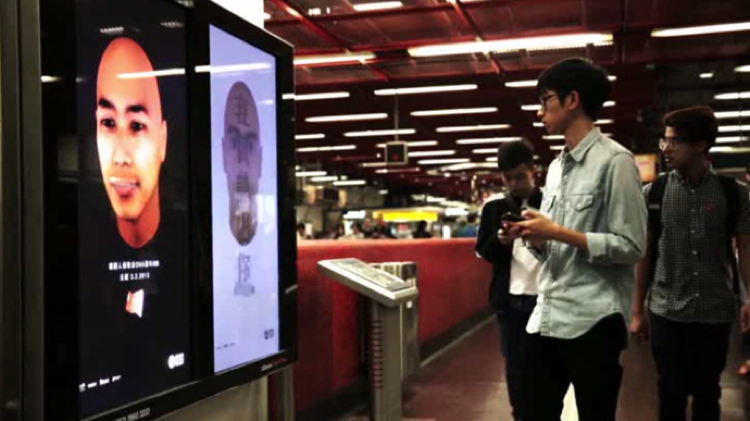
Image Source: RT

Image Source: RT
Although the phenotyping technology isn’t completely spot-on, it demonstrates that China might be ready to fight back.
No comments:
Post a Comment
Comments always welcome!